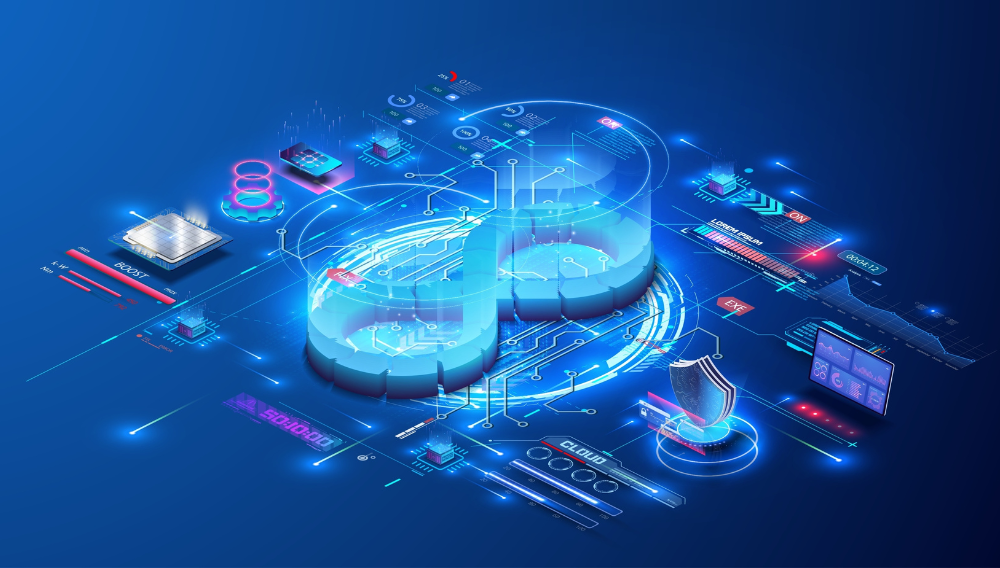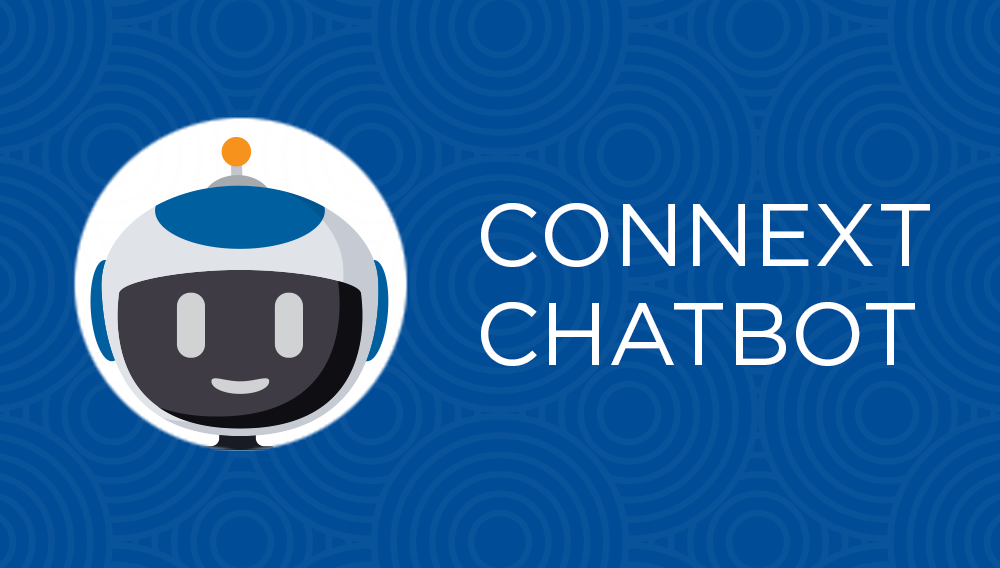5 min read
Real-Time Data Interoperability for Intelligent and Connected MedTech Systems
Currently, the Medical Technology Devices industry is going through a profound transformation from traditional siloed devices to intelligent,...
Read more ⇢RTI is the world’s largest DDS supplier and Connext is the most trusted software framework for critical systems.
|
From downloads to Hello World, we've got you covered. Find all of the tutorials, documentation, peer conversations and inspiration you need to get started using Connext today.
RTI provides a broad range of technical and high-level resources designed to assist in understanding industry applications, the RTI Connext product line and its underlying data-centric technology.
RTI is the infrastructure software company for smart-world systems. The company’s RTI Connext product is the world's leading software framework for intelligent distributed systems.
Your Systems. Working as One.

5 min read
Currently, the Medical Technology Devices industry is going through a profound transformation from traditional siloed devices to intelligent,...
Read more ⇢
3 min read
RTI is pleased to announce the release of our Docker container images, now available on Docker Hub. The flexibility and efficiency of our Docker...

3 min read
In the ever-evolving landscape of healthcare, technology continues to play a pivotal role in revolutionizing traditional surgical practices. One such...

3 min read
This year, RTI Connext 7.3 introduced cutting-edge features that align with emerging cybersecurity standards to help ensure the integrity and...

5 min read
Open source software has become prevalent in many applications today. According to a recent study by Synopsys, 96 percent of the total code bases...

2 min read
Customers are at the heart of my work every day. As the lead of RTI’s US Support team, my team and I take great pride in helping our customers build...

2 min read
As the automotive landscape continues to evolve, Connext Drive helps accelerate the move towards software-defined vehicles (SDVs) by abstracting...

4 min read
The process of military aircraft acquisition is a challenging one, as airborne software needs to not only be seamlessly interoperable, but also...

6 min read
About 500 million years ago, all major types of animals on earth appeared over a period of only 25 million years or so. This event, known as the...

5 min read
The only second language that I really speak fluently is acronym. Specifically military acronym. And as with any other language, there are words and...
Connext is the world's leading implementation of the Data Distribution Service (DDS) standard for Real-Time Systems. Try a fully-functional version of Connext for 30 days.